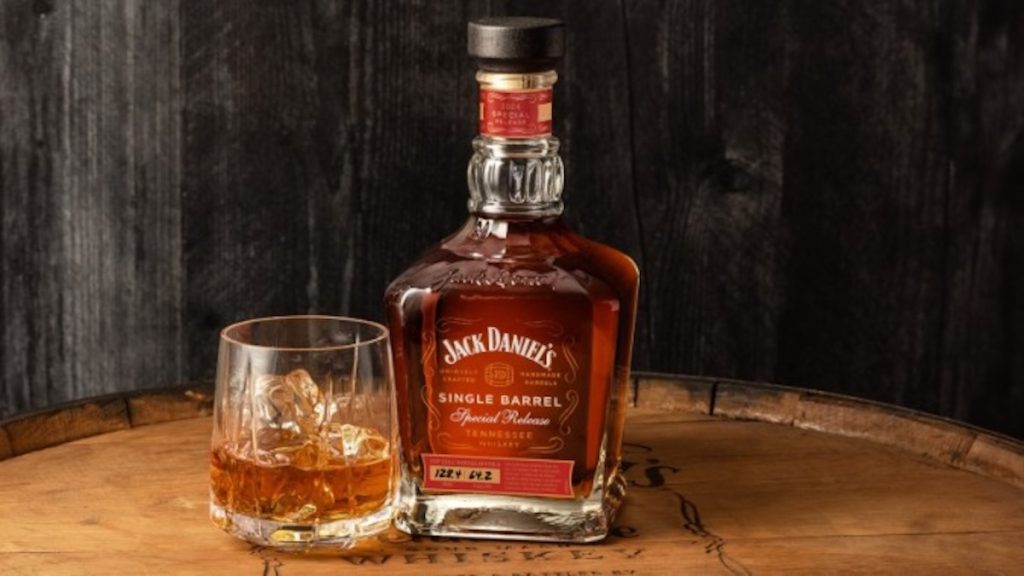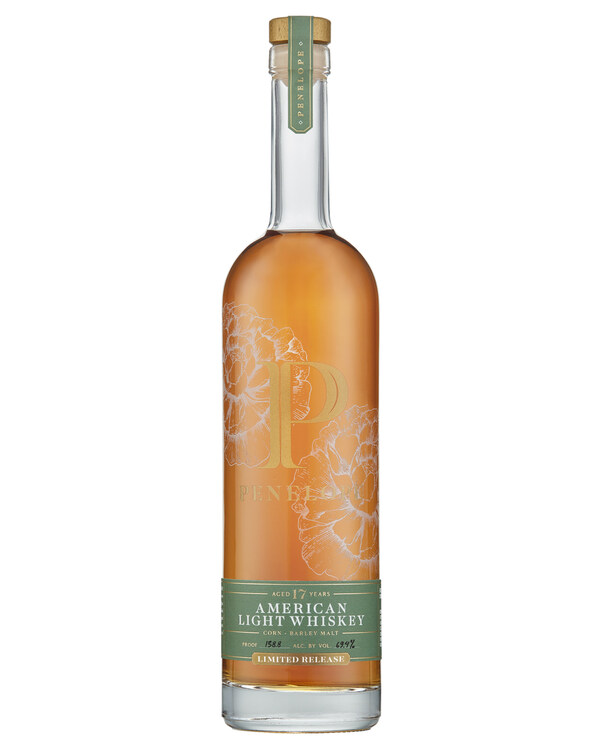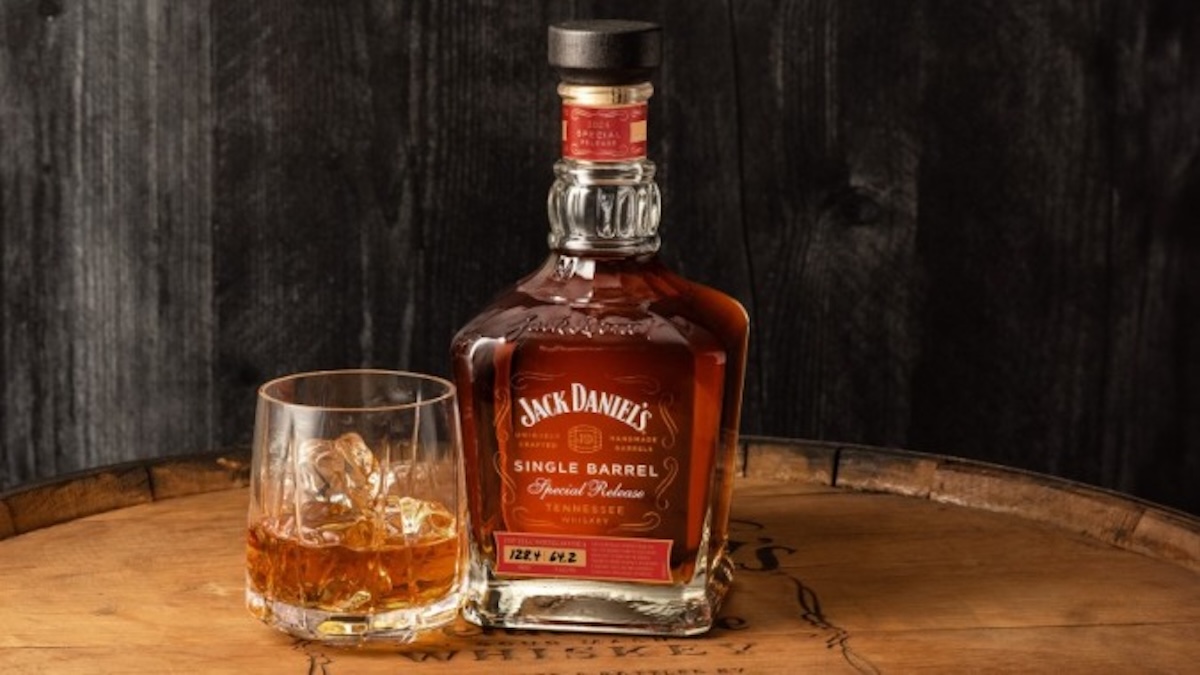The term “hazmat proof” appears to be popping up all over the whiskey world these days. It sounds a bit dangerous, doesn’t it? And you could sort of say it is. After all, the FAA refuses to allow hazmat proof whiskeys on planes because they are so high in proof they could potentially combust during a flight — or so they say.
But what exactly does a whiskey have to be for it to qualify as hazmat-proof? For a whiskey to be classified as hazmat proof, it needs to clock in at a minimum of 140 proof. For reference, whiskeys are typically bottled somewhere between 80 to 90 proof and for a whiskey to qualify for a Bottled In Bond designation, it needs to clock in at 100 proof.
Now that you know what hazmat-proof whiskey is, you’re probably wondering why on earth someone would ever want to drink a whiskey at such a high proof. Well, there are more than a few reasons for that.
Bigger Proof Means Bigger, Bolder Flavor
As hazmat proof whiskeys grow increasingly trendy, drinkers turn to them for a variety of reasons. Some simply involve a whiskey drinker’s taste preferences for bold strong flavors and the chewy viscosity hazmat proof whiskeys possess. We spoke with our Founder, Spirits Critic Jay West, and he explained that for some whiskey drinkers, dabbling in high-proof whiskey is just a sign of a changing palate.
“In the drinker’s journey, you start whiskey and you’re like, ‘Ooh I’m drinking 90-proof and it burns,’ and then you get used to it after a while,” West explained. “And people get this really interesting journey where they’re kind of like IPA drinkers and they’re like, ‘I like IPAs, and I like double IPAs and triple IPAs and sextuple IPAs, and then they go full circle and are just like, ‘Actually, I really like pilsners.’ We see a similar journey in the whiskey world.”
Though some hazmat drinkers are devotees to the “bigger is better” theory, others simply prefer their strong flavors.
“The higher the alcohol gets, the more these whiskeys get very chewy, very syrupy, very rich and have kind of a heavy presence on the palate,” West explained. “There’s no doubt that the higher the proof the more flavor there’s going to be from a chemical perspective.”
The Rarity Factor and Control Over Dilution
Another benefit to whiskeys with such a blisteringly high proof involves the rarity factor. When whiskeys get higher in proof, that’s usually because more water has evaporated from the cask.
“It sort of makes it more desirable from a rarity perspective, or the fact that the yields go down and the proof goes up,” said West.
Hazmat-proof whiskeys additionally benefit the drinker in the sense that they can control just how diluted they want their whiskey to be. When whiskeys are typically released at lower proofs, the distiller has already cut them down to 80, 90 or 100 proof by adding water right before the bottling process. The beauty of releasing a 140-proof whiskey into the wild is the drinker can decide just exactly how high-octane they want their drinking experience to be.
“One of the things I really do like about hazmat is that you can put it on an ice cube, you can put it in a cocktail, or you can water it down yourself,” West shared. “If you have Woodford at 90.4 proof or Angel’s Envy at 90 proof you can never make it stronger. From a value perspective, hazmat on paper is a great way for people to decide if they want to drink 150-proof whiskey or 80-proof whiskey or 100-proof whiskey because they can control the dilution.”
Too Much of a Good Thing? Why Higher Proof Whiskeys Aren’t Always Better
We’ve already discussed how generally speaking, the higher the proof of a whiskey, the more flavor it has, right? Well, truth be told, it’s a bit more complicated than that. If you’re a fan of big, bold flavors you may want to give hazmat whiskeys a try, but if you like complexity — you may want to steer clear of whiskeys over 140 proof.
“I find a lot less diversity of flavor in hazmat whiskeys,” West explained. “Usually a couple of dominant flavors are bigger and richer, but it’s harder to pick out the nuances.”
West explained that with all that ethanol and heat, “your palate kind of shuts down and gets a bit numb.”
There’s also the whole “responsible consumption” angle. If you’re looking to try a couple of whiskeys in one night, you may want to drink whiskeys at a lower-proof.
Health-conscious drinkers may want to avoid higher-proof whiskeys that clock in around 160 proof, simply because they’re drinking double the alcohol they would for a whiskey that hovers around 80 proof.
The Best Whiskeys to Try for Hazmat-Proof Imbibing

If you’re looking to venture in the realm of hazmat whiskeys, perhaps one of the most famed expressions out there is Jack Daniel’s Coy Hill expression.
The créme de la créme of hazmats from Jack Daniel’s takes its name from the highest-elevated hill at the Jack Daniel’s campus. The expression ages in the barrelhouse that sits at the top of Coy Hill and is subjected to extreme temperatures, yielding a whiskey that clocks in at a high proof ranging from 137.4 to 148.3 proof.
This bruiser of a whiskey is a symphony of peanut brittle, banana and char flavors that will drive any peanut butter and banana enthusiast wild. Massive and surprisingly full of complexity, there’s a reason why Coy Hill is considered the gold standard of hazmat proof whiskey.
Yet Coy Hill isn’t exactly cheap. Wine-Searcher reports an average price of $822 a bottle. The most lauded expressions go for more.
Light Whiskey: Higher Proof for a Fraction of the Price
But what if you’re looking to not shell out a fortune? West recommends that budget-conscious drinkers should consider giving light whiskeys a try.
“Light whiskey typically is distilled much higher than 160 but is barreled at a much higher proof which means it just comes out higher proof,” West shared with us. “But because it often uses used barrels, you see tremendous age statements for a fraction of the price you’d see other hazmat whiskeys for.”
For A Confectionary Light Whiskey, Try Penelope Bourbon American Light Whiskey 17 Year Old

As far as light whiskeys go, West recommends giving Penelope Bourbon’s American Light Whiskey 17 Year Old a try. Composed from a mashbill of 99% corn and 1% malted barley, this whiskey clocks in at 138.8 proof and was distilled from corn at Seagrams Indiana in 2008 and spent some time aging in second-fill oak barrels, according to the brand. Some single barrels of this release broach the hazmat barrier and are bottled over 140pf as well.
With aromas of butterscotch, cotton candy and a confectionary, fruity vibe, Penelope’s 17 Year Old American Light Whiskey has an average price of $300 according to Wine-Searcher. If you look around, you can likely find it for less, especially at your local liquor store.
For The Ultimate Value-Driven Age Statement, Try Seelbach’s Private Reserve 20-Year 142 Proof American Light Whiskey

Another favorite light whiskey West recommends is this powerful, 142-proof American Light Whiskey offering from Seelbach’s. Seelbach’s Private Reserve 20-Year 142-Proof American Light Whiskey costs $199.99 from the retailer’s website, and the juice was sourced from MGP. Distilled from a mashbill of 99% corn and 1% malted barley, just 963 bottles of this stunner exist.
What this whiskey has no shortage of is complexity, boasting plenty of caramelized sugar and strawberry citrus fruit flavors. The palate is full of frosted donuts and charred pineapple, coupled with a lingering finish.

No responses yet